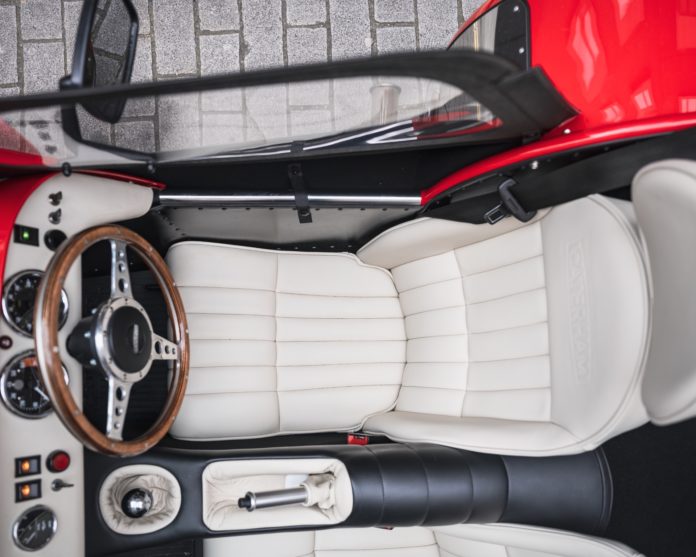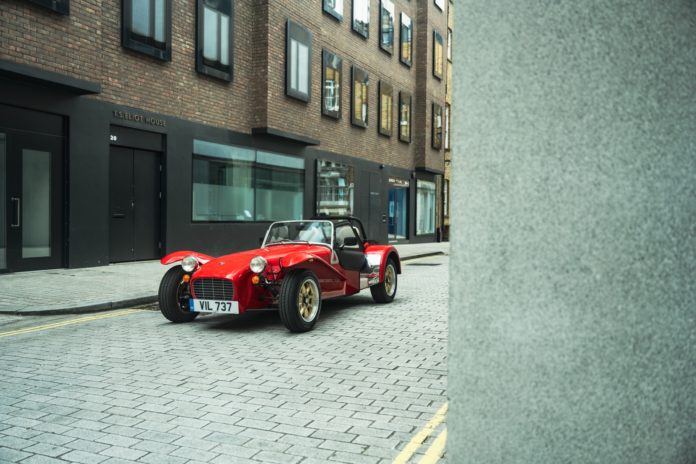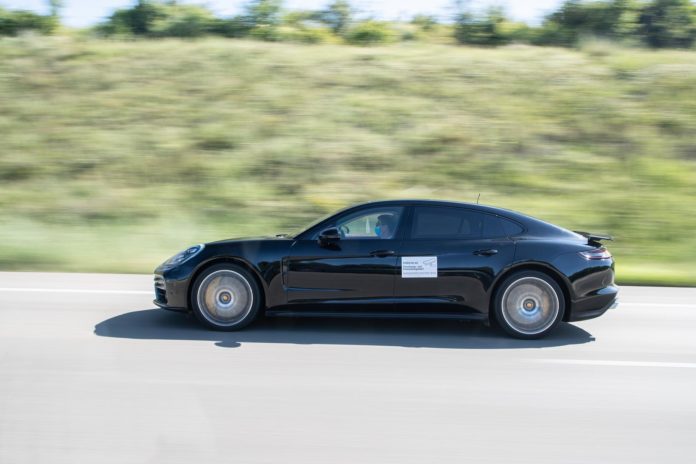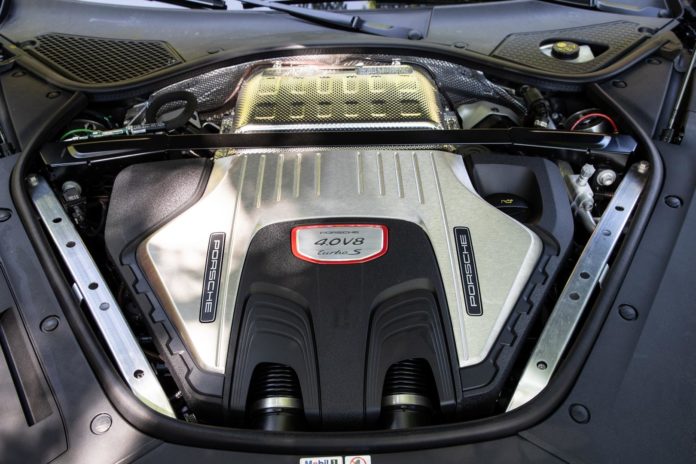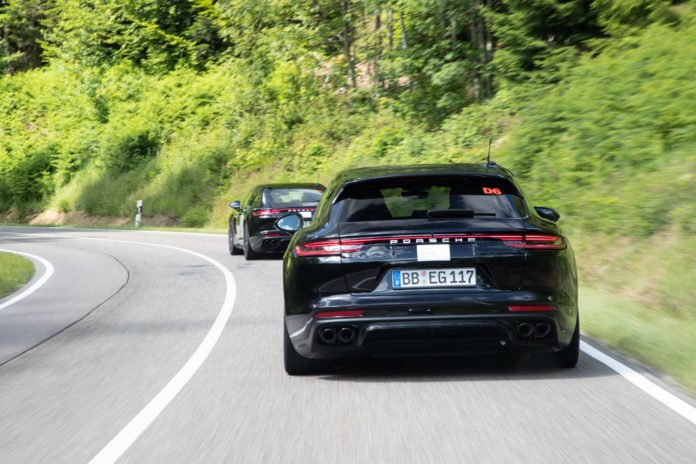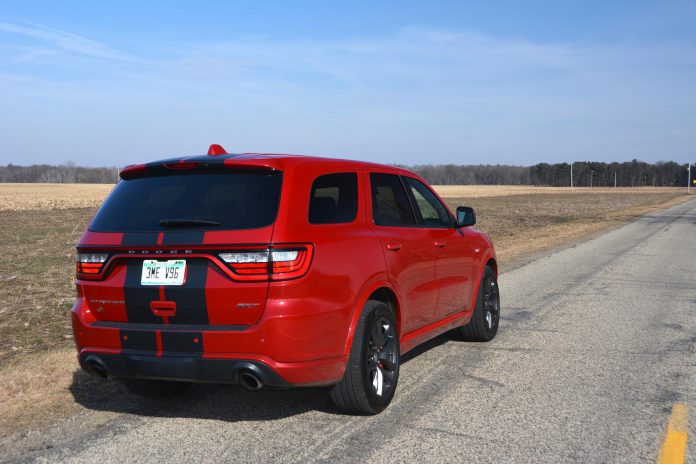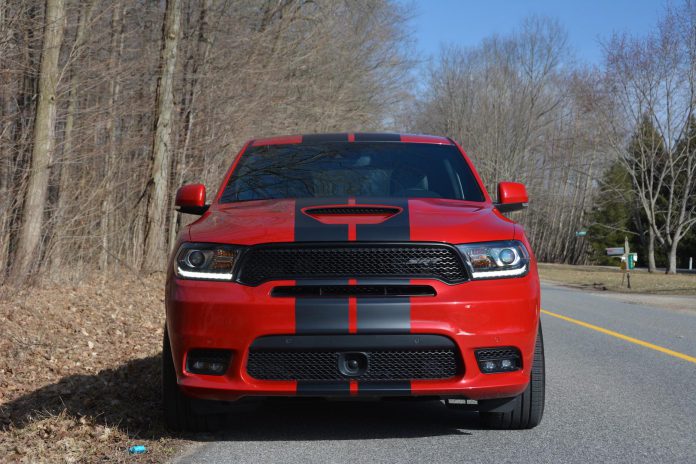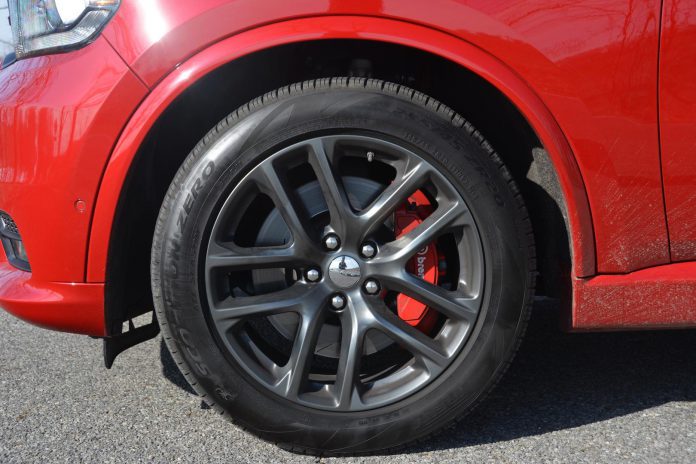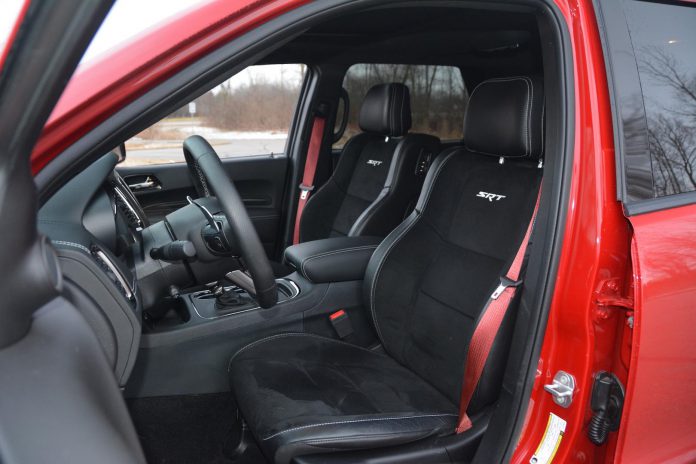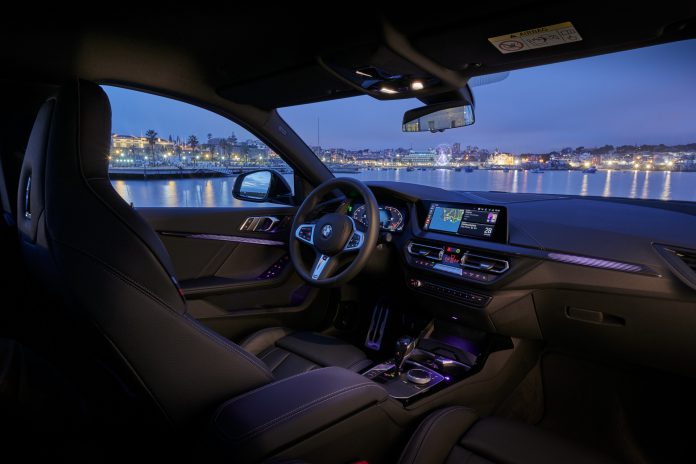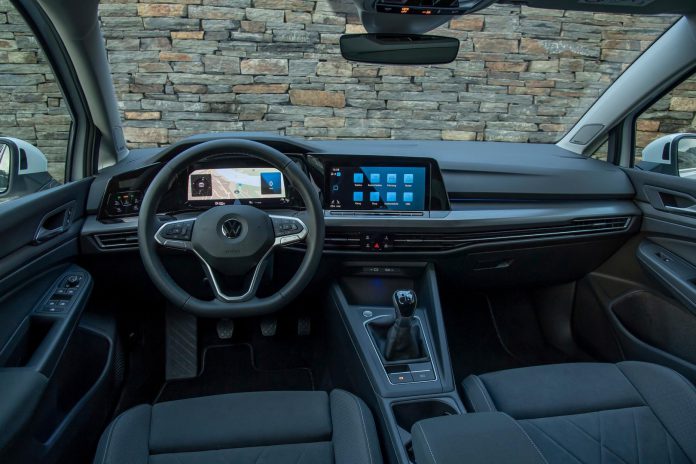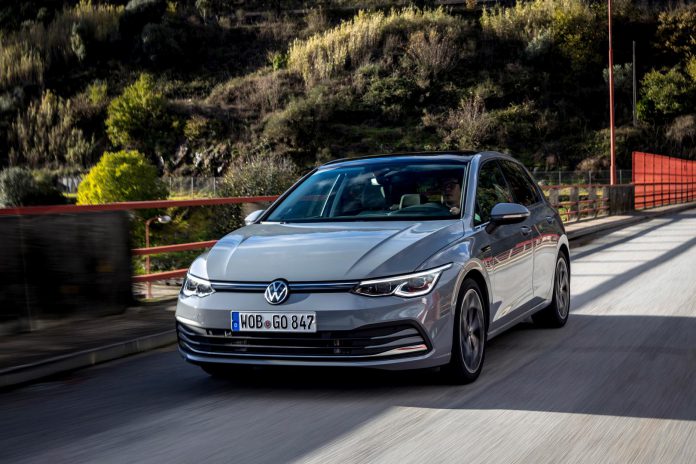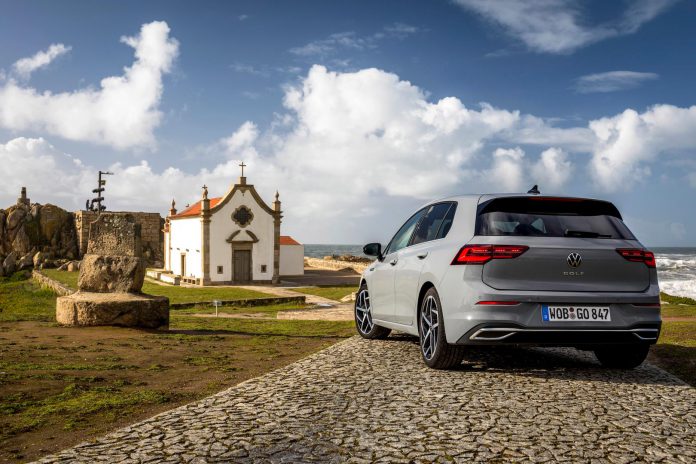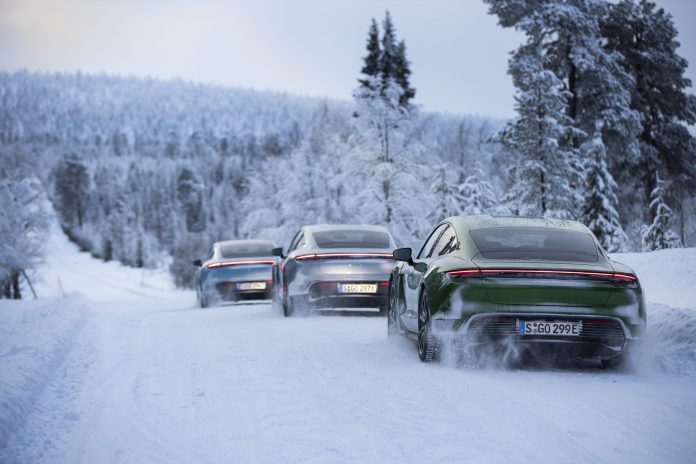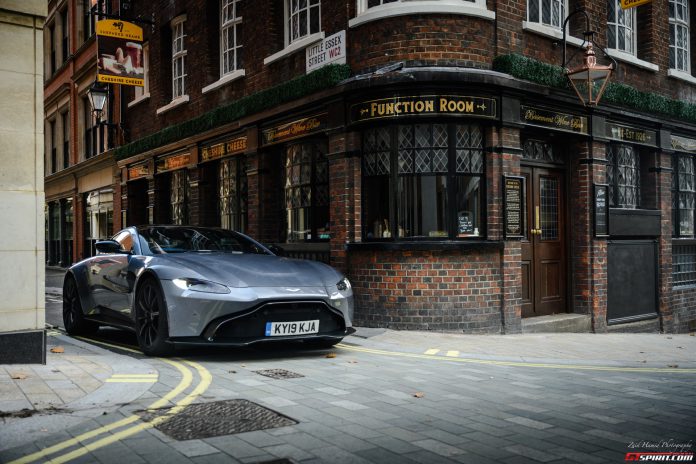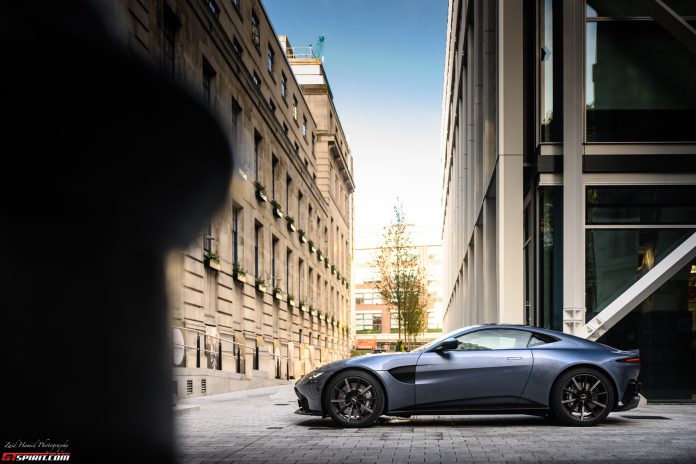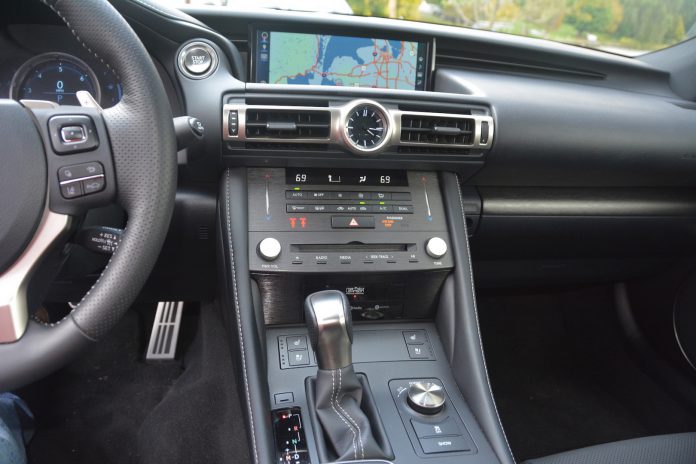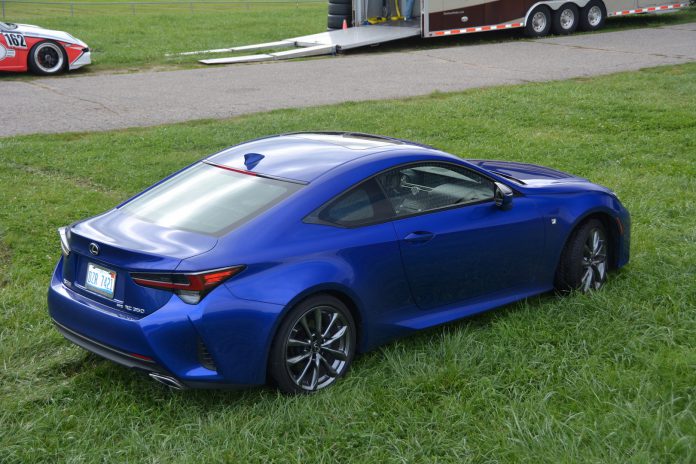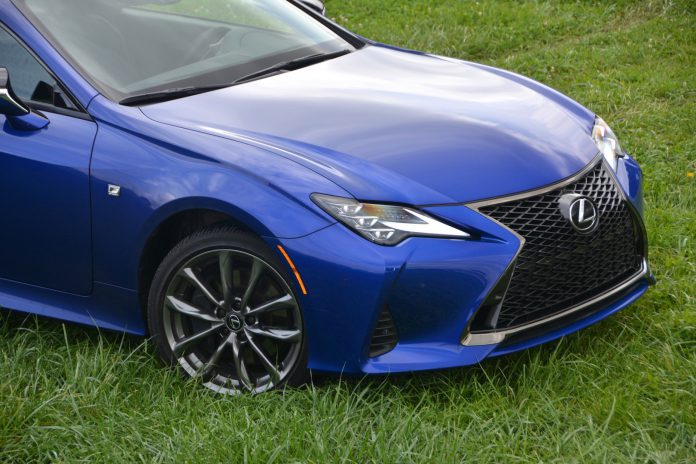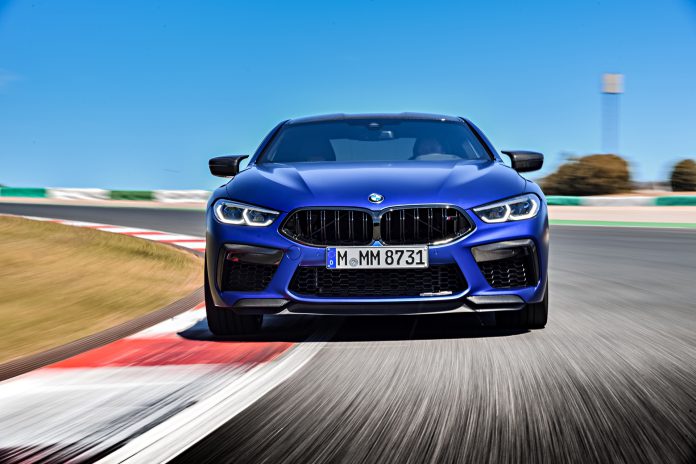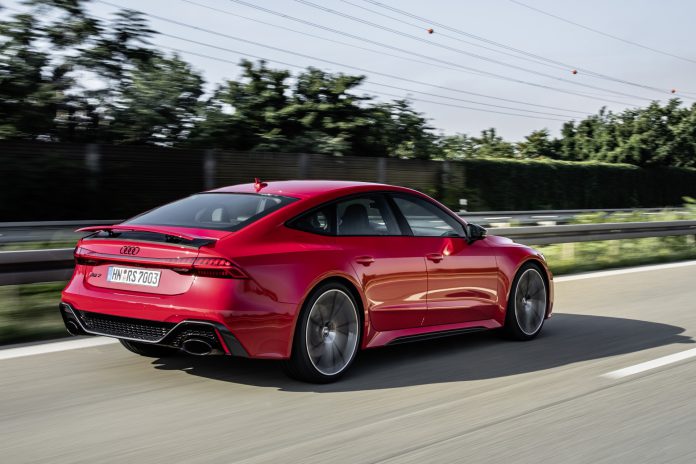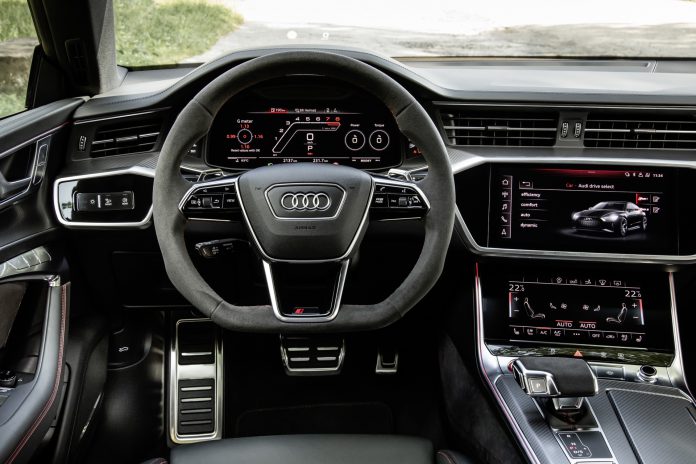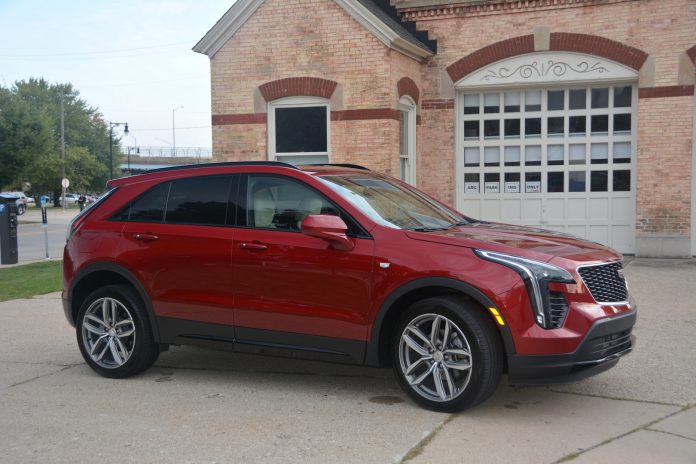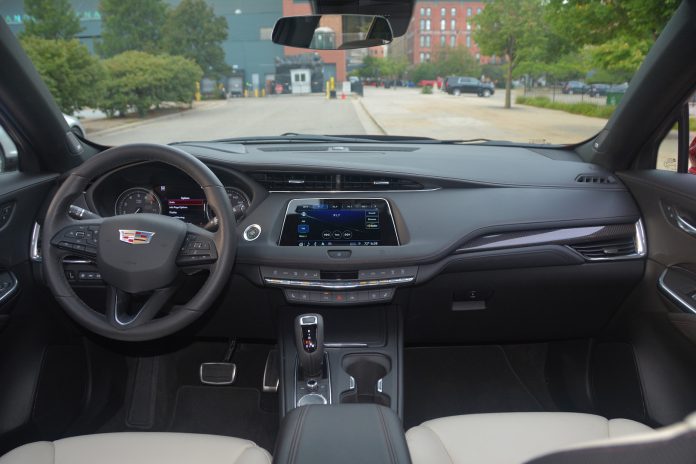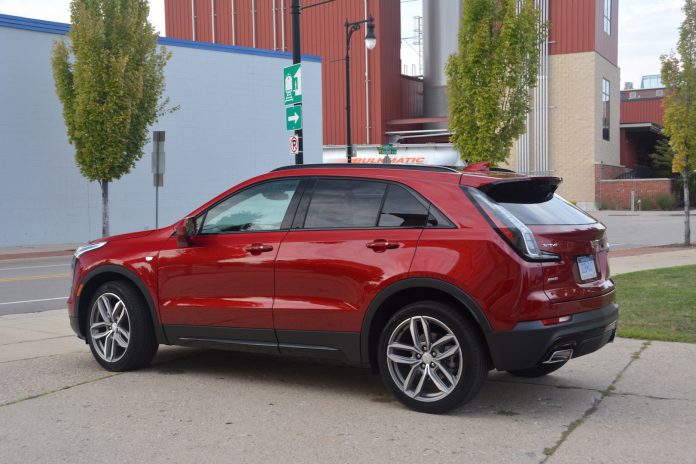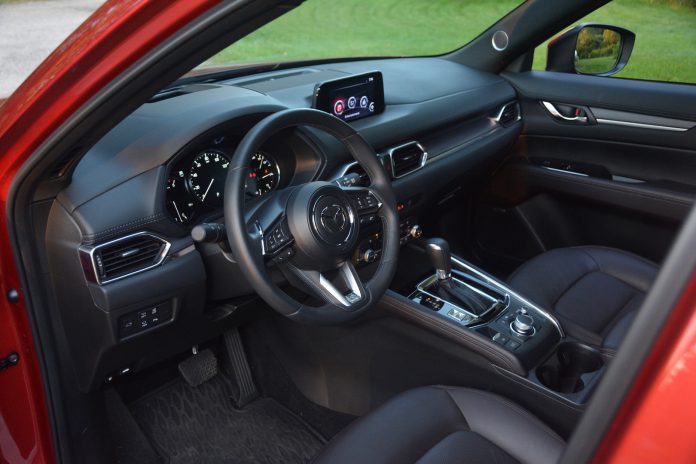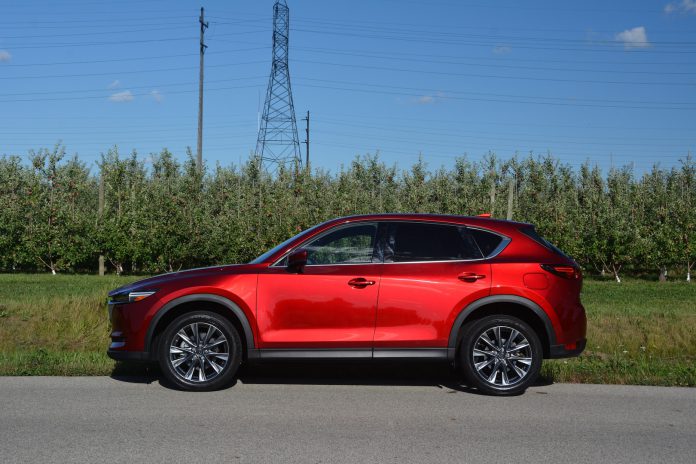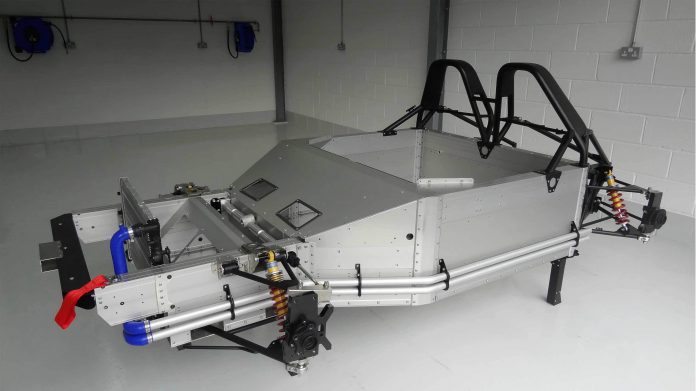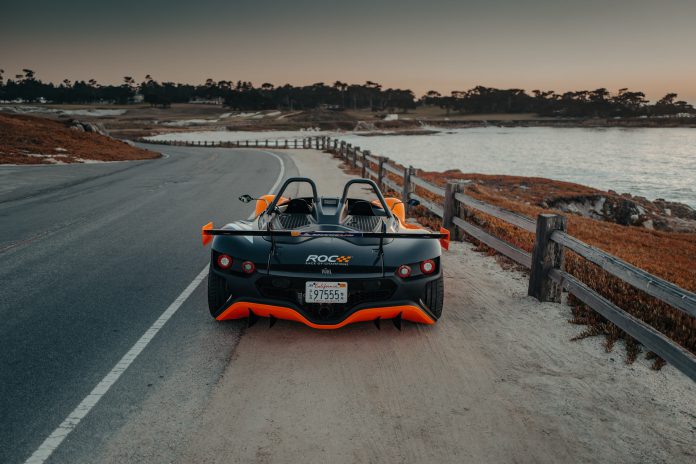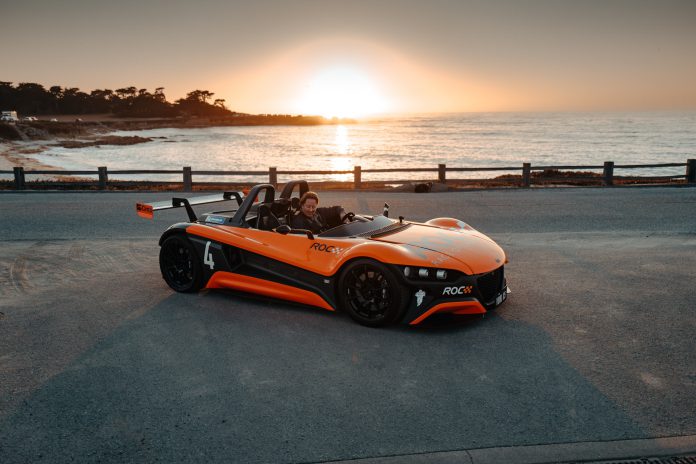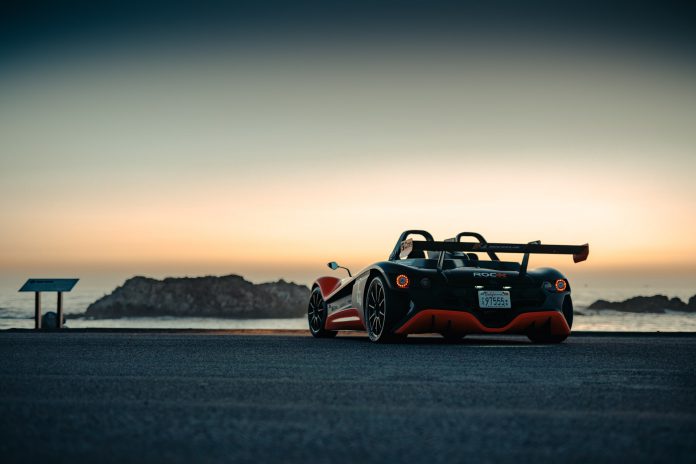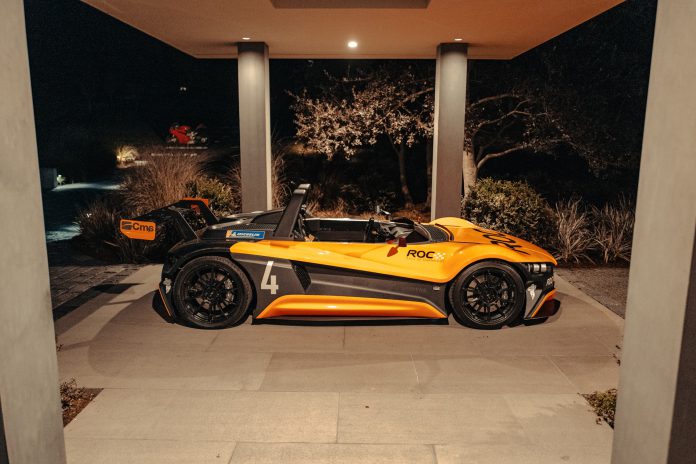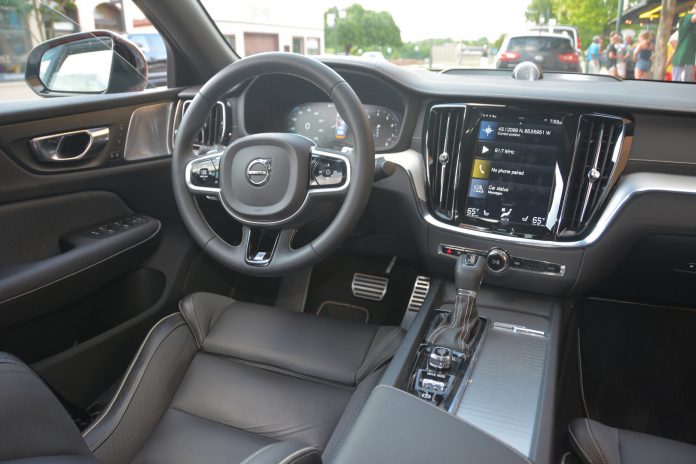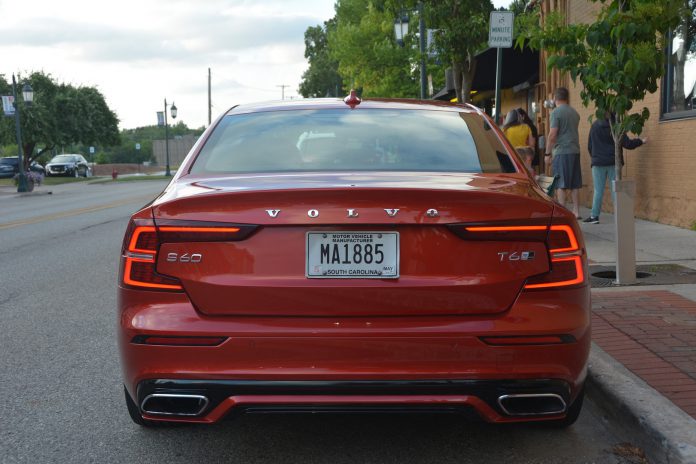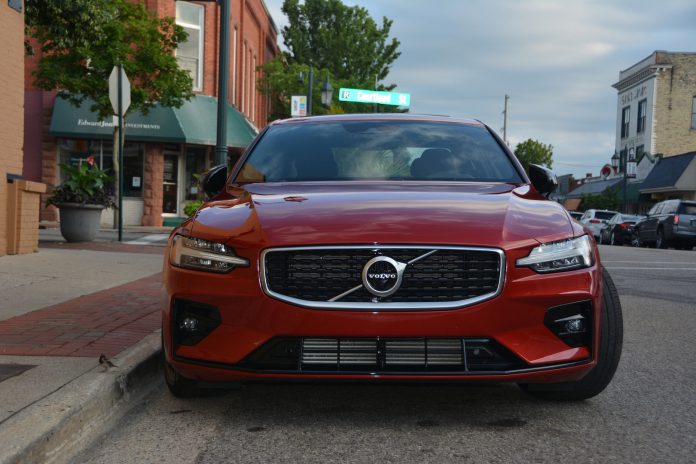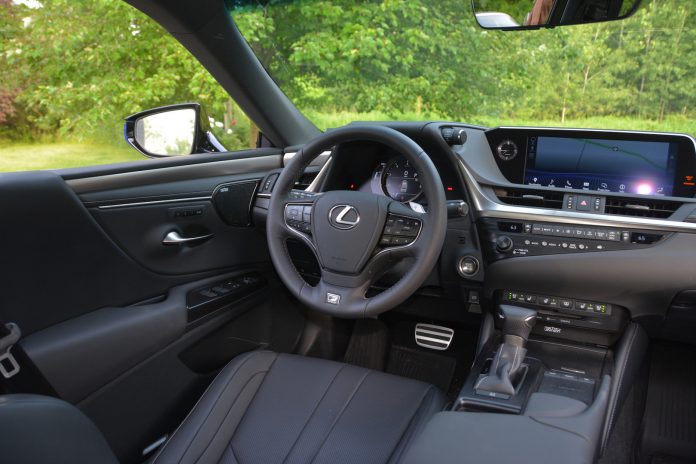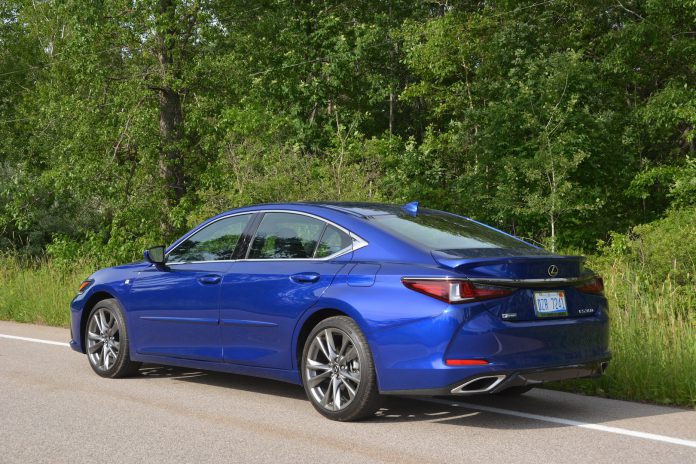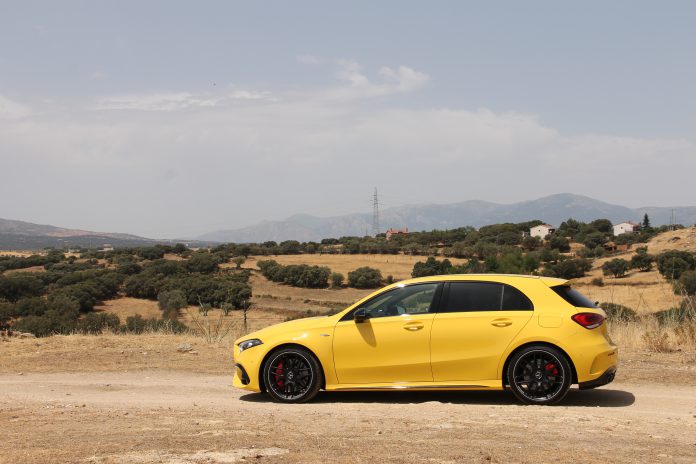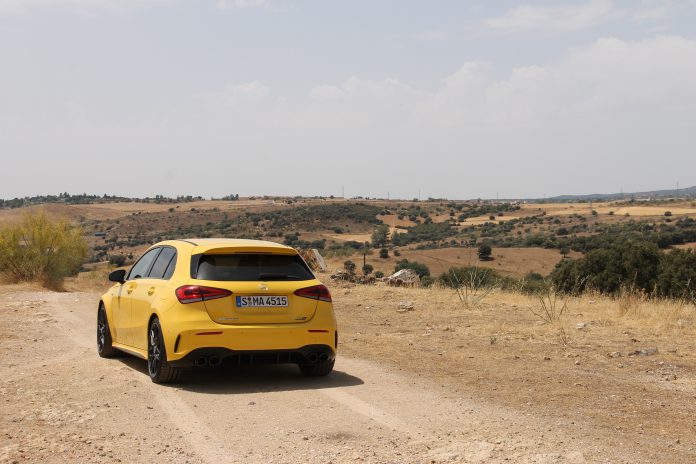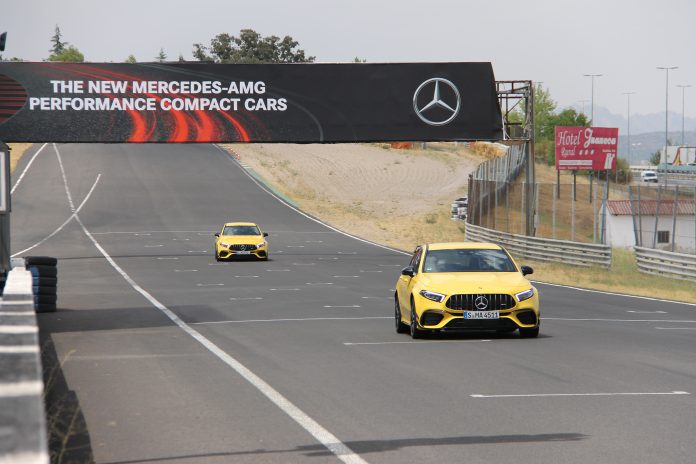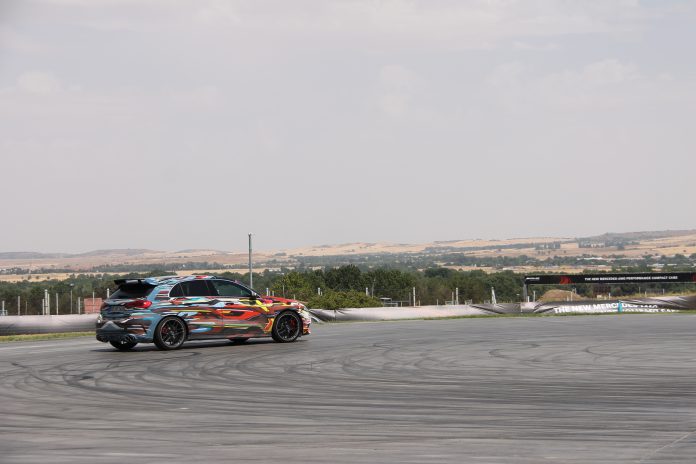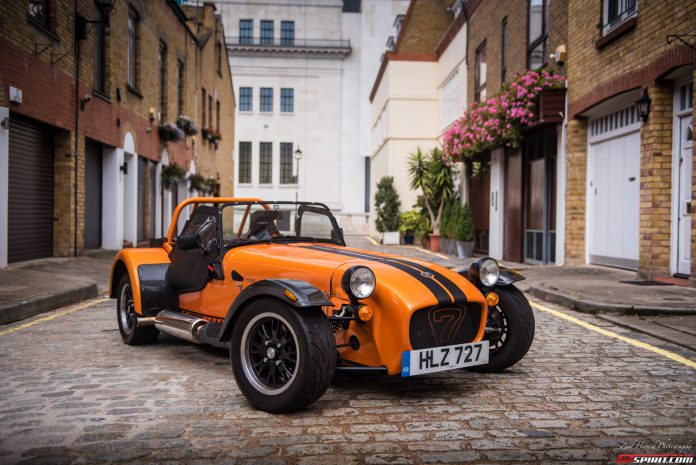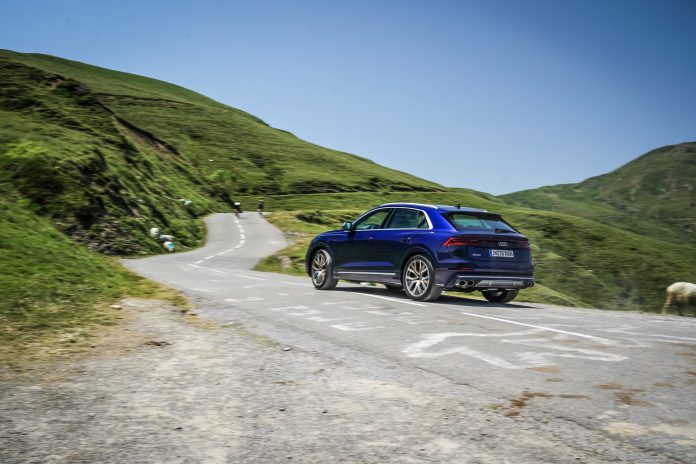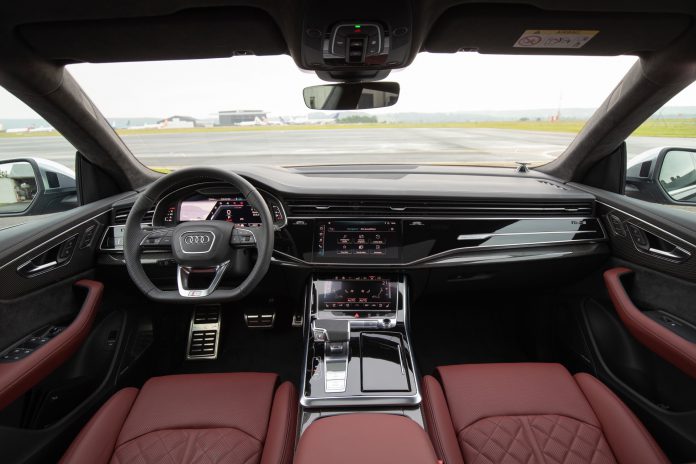When Maserati introduced their Levante SUV a few years ago, I was immediately smitten. Not only was it a great looking SUV but the interior felt so exceptional – full of rich wonderful-smelling leathers, aluminum, carbon fiber, and artfully design – that I immediately began trying to arrange a loan so that we could review it. At the time, the Levante only came with a V6, which promised decent power along with it’s Q4 AWD. It didn’t seem particularly exciting, but it had a sportiness and refinement that appealed to me.
It turns out that while Maserati was offering the V6 Levante to the general public, it’s engineers were secretly working on a top secret skunk works-style after-hours project: building a V8 Levante. Why? Because some people are never satisfied with basic. Because the potential to be the best SUV was there. At some point they let management in on it. The execs must have been impressed because it received their blessing, was introduced in 2018, and went on sale in 2019.
In February of this year, in the middle of a particularly bad and prolonged ice storm, Maserati delivered a Levante GTS to us for a review. The GTS had a Ferrari-engineered and -built 3.8L bi-turbo V8 under the hood and a trick electronically-adjustable suspension that adapted to all possible conditions but also raised and lowered the vehicle to give more ground clearance or to provide better aerodynamics. After spending a week with it through an ice storm, through heavy snow, through heavy rain, and even a day of warm dry weather, we came away extremely impressed with the Levante GTS. In fact, we thought the Levante GTS was the ultimate SUV. It is an exceptional vehicle.
Recently Maserati offered us a few days with their new Levante Trofeo – their ultimate iteration of the Levante. Boasting an even more powerful Ferrari-engineered and -built bi-turbo V8 and a new “Corsa” suspension setting, the Trofeo is built track-capable and is just as wonderfully luxurious and technologically loaded as the GTS.
We accepted the invitation so fast we swear we heard a sonic boom. So on a hot, sticky summer day the Levante Trofeo was delivered for us to explore for a few days. It was still as gorgeous looking as we remembered it.
Visually, the Trofeo initially appears identical to the GTS. Only a sharp eye will discern the new 21” wheels, the carbon fiber accents on the rockers, the carbon fiber front splitter and fascia ducts for the brake cooling, and the chrome Trident Trofeo badges on the C-pillars. Even with these flashy accents, the purity of the Levante design shines through.

The inside is identical to the GTS too – rich dark gray leather and glossy carbon fiber brightened by aluminum trim bits. The controls are laid out in a logical and intuitive arrangement. None of the controls require any head scratching to figure out. Everything is obvious and simple, as it should be. The front seats are well bolstered but easy to get into and out of. They’re both heated and ventilated for extra comfort. The rear seats are less bolstered but have plenty of legroom for adults, are heated, and fold flat for extra cargo capacity. The steering wheel is carbon fiber with leather inlays where you most often grab it. The molded carbon fiber paddles behind the steering wheel are simply a work of art that hint at what Maserati is capable of with carbon fiber.
Pop the hood and one of the most beautiful engines ever greets you. Underneath a narrow carbon fiber engine cover, emblazoned with a chrome Maserati Trident, sits a surprisingly narrow V8 with breathtakingly gorgeous blood-red crinkle-finish valve covers and an identical air plenum. GORGEOUS. It elicits low whistles and heavy breathing from everyone who sees it. The sounds it makes will literally make you weak in the knees. Ferrari’s influence is clear and perfectly suitable for this Maserati.

This engine has 40 more horsepower than the Levante GTS – a total of 590 hp – making it the most powerful Maserati ever buiilt with the exception of the legendary MC12 Corsa. How’s THAT for impressive? In fact, it has the highest specific output of any Maserati (156hp/L). And 730Nm of torque. All that power is channeled through Maserati’s 8-speed transmission to the Q4 AWD system. Most of the power goes to the rear wheels, but up to 30% is sent to the front wheels when accelerating or rear wheel slippage is detected. The 8-speed transmission is remarkably smooth and shifts are split-second fast. Unlike a lot of paddle shift systems on the market today, the paddle actuated shifts are immediate; there’s zero hesitation between the click of the paddle and the transmission’s shift.
The Brembo brakes are some of the largest we’ve seen on an SUV. Thick ventilated 380mm disks fill out the 21” wheels and are straddled by enormous 6-piston Maserati blue calipers. They stop the Levante like a brick wall stops a scooter. Demonstrating them will literally hang your passengers up in their seatbelts. That you can stop such a large and heavy vehicle with as little drama as these do is amazing.

The suspension consists of classic unequal length wishbones up front and an advanced multilink system in back. Combined with magnetoheleogical shocks that firm up at the push of a button and height-adjustable airbags, it might be the most sophisticated suspension available. The basic ride is plush but confidence inspiring. Pushing the button on the center console with the shock absorber icon firms up the suspension and makes it more sensitive to changing road conditions.
Pressing the Sport button lowers the vehicle about an inch and makes the engine, transmission, and suspension more responsive. The ride firms up but is still comfortable. Holding the Sport button longer engages Corsa mode, which lowers the ride height about another inch and firms up the suspension even more and makes everything even more responsive. The I.C.E. (Increased Control & Efficiency) button retards the engine and makes the drive system more sensitive in lousy weather conditions. Off-Road raises the suspension nearly two inches for improved ground clearance and gives a near 50/50 front/rear power distribution. With so many options, the Levante Trofeo is nearly unstoppable and certainly exceedingly capable in all conditions and environments.
If that all sounds technologically impressive, it’s even more impressive to drive. Pressing the start button fires that glorious engine which rumbles quietly but authoritatively under the hood. Moving the shifter into R, the backup camera image shows you both what’s behind you and also what’s around you. Back out carefully, straighten the wheel, shift into D, and we’re off.

The engine note grows in intensity but remains muted unless you wind it out above 4000 rpms, at which point the exhaust valves open and the sound level rises with a roar. Acceleration is brutally fast – if you want it to be. Maserati gives it’s 0-60 time as 3.9 seconds and that’s about exactly what it feels like. Cornering is surprisingly sharp and body roll is controlled no matter your speed. As you progress from standard drive mode to Sport mode to Corsa mode, your performance levels, suspension firmness, and engine noise levels all increase.
I suspect it’d give even the gorgeous GranTurismo a run for it’s money. The Trofeo is also a great grand tourer. With the windows up and the a/c on, traveling down the freeway at 85 mph, the Trofeo is as quiet as a soundbooth inside. There’s minimal wind noise, minimal engine noise, and minimal suspension bumps coming through the chassis. This is the kind of vehicle you’d absolutely love on a cross-continent trip, then be tempted to take to the track and give a few Porsches a run for their money. It’s so capable you can easily forget it’s essentially an SUV though “SUV” doesn’t really do it justice. It’s more of a multipurpose machine – off-road adventurer, sports car, and executive luxury car – in the shape of an SUV.
But one of the most fun things about driving a Maserati is that everyone wants to experience it. “I’ve never been in a Maserati! Can I sit in it?” Most certainly. “I’ve never ridden in a Maserati before. Can I get a ride?” Absolutely! Let me demonstrate the Launch Control! And in reference to the Joe Walsh song “Life’s Been Good To Me (So Far)”, “Can it really do 185?” It can. Or so Maserati tells me. We didn’t try but having experienced how quickly it can rocket up into triple-digit speeds, we don’t doubt them. When you drive a Maserati, crazy things start to happen. People stop you and ask about it. Take it to an event and you find yourself taking four other guests on a quick demo drive. Enemies become friends. Police start following you. You find your wife sitting in it in the garage, reading through the owners manual.

Frankly there’s everything to love and very little to dislike. In fact, the only complaint I had was that my right knee could have used some padding to protect it from the hard plastic on the center console. Small price to pay though when that engine is growling like a mad animal from under the hood and the scenery is stretching out and blending together like you’re making the jump to hyperspace.
I suppose I could also complain about the gas mileage but let’s be honest…I wan’t driving the Trofeo for fuel efficiency. More for effect. And there was plenty of effect.
The Trofeo – quite possibly the very pinnacle of the Maserati line – is priced at $173,000. That’s a lot of money, but given the amazing capability of the car and the amazing engine, we don’t really think it’s unreasonable. It certainly won’t be for Maserati’s well-heeled clients. We actually think it’s reasonable. And we want one in our garage.
GTSPIRIT NEWSLETTER
